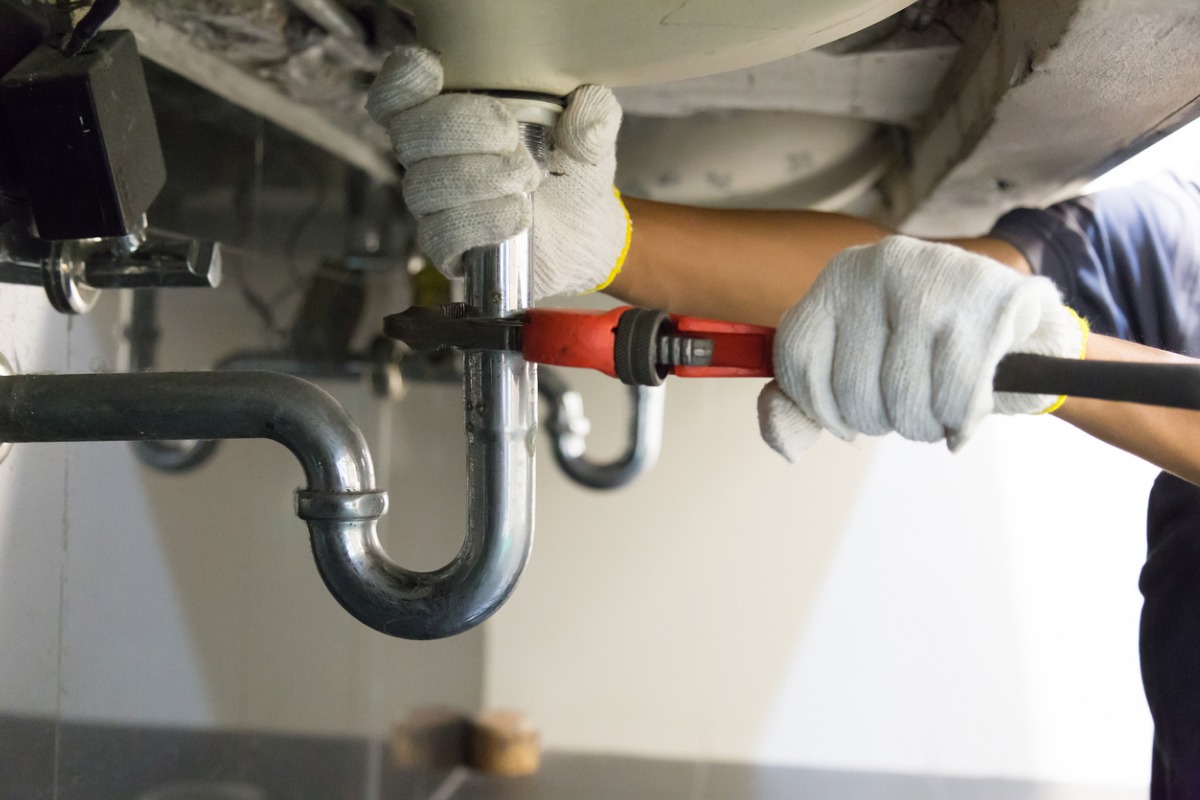

Articles
When Can Plumbing-Up Equipment Be Removed?
Modified: December 7, 2023
Learn about the best time to remove plumbing-up equipment in this informative article. Discover the key factors to consider and ensure a successful project.
(Many of the links in this article redirect to a specific reviewed product. Your purchase of these products through affiliate links helps to generate commission for Storables.com, at no extra cost. Learn more)
Introduction
Plumbing-up equipment plays a crucial role in any construction or renovation project. It consists of various components and fixtures that are interconnected to ensure the proper functioning of the plumbing system. While plumbing-up equipment is necessary during the construction phase, there comes a time when it needs to be removed. The question arises, when exactly can plumbing-up equipment be safely removed?
In this article, we will explore the factors that determine when plumbing-up equipment can be removed. We will delve into the completion of plumbing work, the importance of inspection and approval, the process of shutting down water flow, and the safety considerations that must be taken into account.
Whether you are a homeowner, a contractor, or simply someone interested in plumbing systems, understanding when and how plumbing-up equipment can be removed is vital. So, let’s dive into the details and shed some light on this important topic.
Key Takeaways:
- Prioritize safety and compliance when removing plumbing-up equipment by ensuring completion of plumbing work, obtaining inspection approval, shutting down water flow, and considering safety measures to prevent accidents and damage.
- Plumbing-up equipment serves a temporary purpose during construction, providing convenience and water supply. Once plumbing work is complete and approved, removal is necessary to pave the way for permanent fixtures and ensure overall functionality.
Definition of Plumbing-Up Equipment
Before we discuss when plumbing-up equipment can be removed, let’s first define what it actually entails. Plumbing-up equipment refers to the collection of pipes, fittings, valves, and fixtures that are used to create a functioning plumbing system. These components are interconnected and installed during the construction or renovation phase to allow water supply, drainage, and sewage systems to operate efficiently.
Some common examples of plumbing-up equipment include water supply lines, drain pipes, faucets, toilets, sinks, showers, and water heaters. These components are carefully selected and installed according to plumbing codes and regulations to ensure safety and proper functionality.
It is important to note that plumbing-up equipment is temporary in nature. It is installed to provide water supply and drainage solutions during the construction phase, but once the plumbing work is completed and approved, this equipment can be removed.
Now that we have a clear understanding of what plumbing-up equipment entails, let’s explore the factors that determine when it can be safely removed.
Purpose of Plumbing-Up Equipment
The plumbing-up equipment serves a crucial purpose in any construction or renovation project. Its main objective is to provide temporary water supply and drainage solutions during the construction phase until the permanent plumbing system is operational. Let’s explore the primary purposes of plumbing-up equipment in detail:
1. Testing and Inspection: Plumbing-up equipment is essential for testing and inspecting the plumbing system before it becomes permanently operational. By installing temporary pipes, valves, and fixtures, contractors and inspectors can conduct various tests, such as pressure testing and leak detection, to ensure that the plumbing system meets the required standards and regulations.
2. Construction and Renovation: Plumbing-up equipment allows contractors and workers to have access to water supply and drainage facilities during the construction or renovation process. This is crucial for tasks such as cleaning, concrete mixing, and general hygiene on the construction site.
3. Convenience and Comfort: Temporary fixtures like toilets, sinks, and showers are installed as part of the plumbing-up equipment to provide convenience and comfort to the construction workers. This helps in maintaining a safe and hygienic working environment on the site.
4. Water Supply Management: Plumbing-up equipment enables the project management team to manage and control the water supply to different parts of the construction site. Temporary valves and pipes are used to direct water flow and ensure that water is available where and when it is needed.
5. Facilitating Other Trades: Plumbing-up equipment can also facilitate other trades involved in the construction process. For example, temporary water supply lines can be used by painters, electricians, or other tradespeople who require water for their work.
Overall, the purpose of plumbing-up equipment is to provide temporary water supply, drainage, and sanitation facilities during the construction or renovation phase. It serves as a crucial component in ensuring the smooth and efficient progress of the project. However, once the plumbing work is completed, this equipment can be removed.
Factors Determining When Plumbing-Up Equipment Can be Removed
The timing for removing plumbing-up equipment depends on several factors. These factors include the completion of plumbing work, inspection and approval, shutting down water flow, and safety considerations. Let’s delve into each of these factors:
1. Completion of Plumbing Work: The first and foremost factor is the completion of plumbing work. All necessary plumbing installations, connections, and fixtures must be in place and functioning properly. This includes water supply lines, drain pipes, fixtures, and any other components specific to the project. Before removing plumbing-up equipment, ensure that all aspects of the plumbing system have been completed according to the approved design and plumbing codes.
2. Inspection and Approval: Once the plumbing work is complete, it must be inspected by the relevant authorities. Inspectors will examine the plumbing system to ensure that it meets all regulatory requirements and standards. This inspection is crucial to determine the safety and compliance of the plumbing system. Only after the system has been thoroughly inspected and approved can the plumbing-up equipment be safely removed.
3. Shutting Down Water Flow: Before removing any plumbing-up equipment, it is essential to shut down the water flow to the temporary fixtures and connections. This prevents any potential accidents or damage that may occur due to unexpected water flow. Ensure that all valves are closed, and water supply is completely stopped to the temporary plumbing components.
4. Safety Considerations: Safety should always be a top priority when removing plumbing-up equipment. Consider factors such as electrical connections, gas lines, and any other potential hazards associated with the equipment removal process. It is advisable to consult with a professional plumber or contractor to ensure that all safety measures are taken into account before removing the equipment.
By considering these factors and following the proper procedures, you can determine the appropriate timing for removing plumbing-up equipment. It is essential to prioritize safety and compliance throughout the process to avoid any potential issues or complications.
Completion of Plumbing Work
The completion of plumbing work is a critical milestone in any construction or renovation project. It signifies that all the necessary plumbing installations, connections, and fixtures have been properly installed and tested. Before plumbing-up equipment can be removed, it is crucial to ensure that the plumbing work is fully complete. Here are some key aspects to consider:
1. Installation of Water Supply Lines: All water supply lines, including the main water line and branch lines, must be properly installed and connected. It is essential to check for leaks, ensure proper water pressure, and confirm that all connections are secure.
2. Placement of Drain Pipes: Drain pipes are responsible for carrying wastewater away from the plumbing fixtures. During the completion of plumbing work, it is important to verify that all drain pipes are correctly positioned, securely connected, and properly sloped for efficient drainage.
3. Functionality of Fixtures: Plumbing fixtures, such as toilets, sinks, showers, and faucets, need to be properly installed and fully functional. These fixtures should be tested for proper water flow, correct temperature control (if applicable), and adequate drainage.
4. Connection of Appliances: If there are any appliances connected to the plumbing system, such as water heaters or dishwashers, they need to be properly installed and operational. It is essential to check for any leaks, ensure proper connections, and verify the functionality of these appliances.
5. Compliance with Plumbing Codes: The plumbing work needs to adhere to all local plumbing codes and regulations. This includes proper pipe sizing, venting requirements, backflow prevention, and any other specific guidelines outlined by the local authority. It is important to ensure that the plumbing system meets all necessary compliance standards.
Once all these aspects have been successfully addressed, and the plumbing work is complete, it is advisable to have the system inspected by the relevant authorities before proceeding with the removal of the plumbing-up equipment. This inspection ensures that the plumbing system is safe, functional, and compliant with all regulatory requirements.
Remember, the completion of plumbing work is a significant milestone, but it should not be rushed. Take the time to double-check all installations, connections, and fixtures to ensure that they meet the highest standards of quality and performance. By doing so, you can proceed with confidence to the next step of removing the plumbing-up equipment.
Tip: Plumbing-up equipment can be removed once the construction or renovation project is complete, all connections have been tested and approved, and the system is ready for use. Always follow local building codes and regulations when removing plumbing-up equipment.
Read more: How To Hook Up Plumbing For Dishwasher
Inspection and Approval
Inspection and approval are crucial steps in the process of removing plumbing-up equipment. Before the equipment can be safely removed, it must be inspected by the relevant authorities to ensure that the plumbing system meets all regulatory requirements and standards. Here is an overview of the inspection and approval process:
1. Regulatory Compliance: The plumbing system must meet all local plumbing codes and regulations. These regulations are put in place to ensure the safety, functionality, and efficiency of the plumbing system. An inspector will thoroughly examine the system to ensure compliance in areas such as proper pipe sizing, venting, backflow prevention, and other specific requirements outlined by the local authority.
2. Leak Detection and Pressure Testing: Inspectors will conduct leak detection tests to identify any potential leaks in the plumbing system. This is typically done by pressurizing the system and monitoring for any drop in pressure. Additionally, pressure tests are performed to verify that the system can handle the expected flow and pressure without failure.
3. Functionality of Fixtures and Appliances: During the inspection, the functionality of plumbing fixtures and appliances will be assessed. This includes checking for proper water flow, correct temperature control, adequate drainage, and functionality of any connected appliances, such as water heaters or dishwashers.
4. Safety Considerations: Safety is a top priority during the inspection process. Inspectors will examine the plumbing system to ensure that there are no hazardous conditions present, such as improper electrical connections or gas leaks. They will also ensure that the system poses no health risks, such as cross-contamination or backflow issues.
5. Documentation and Approval: Once the inspection is complete, the inspector will provide a detailed report outlining any necessary corrections or improvements. If the plumbing system meets all the regulatory requirements, the inspector will grant approval for the removal of the plumbing-up equipment. This approval serves as confirmation that the plumbing system is safe, functional, and compliant.
It is important to note that the inspection and approval process may vary depending on the local regulations and requirements. It is advisable to consult with the local building authority or a professional plumber to ensure a smooth and successful inspection process.
By ensuring that the plumbing system undergoes a thorough inspection and receives proper approval, you can proceed with confidence to the next step of removing the plumbing-up equipment. This ensures that the plumbing system is safe, compliant, and ready for the next phase of the project.
Shutting Down Water Flow
Before removing plumbing-up equipment, it is essential to shut down the water flow to the temporary fixtures and connections. This step is crucial to prevent any accidents, damage, or unexpected water flow during the removal process. Here are some important considerations when shutting down the water flow:
1. Identify Water Shut-Off Valves: Begin by identifying the water shut-off valves that control the water flow to the temporary fixtures. These shut-off valves are typically located near the fixtures or in an accessible area. Common shut-off valves include individual fixture shut-off valves, main shut-off valves, and branch line shut-off valves.
2. Close Individual Fixture Shut-Off Valves: Start by closing the shut-off valves for each individual fixture, such as toilets, sinks, showers, or any other temporary fixtures. Closing these valves will stop the water flow specifically to those fixtures.
3. Close Main Shut-Off Valve: After closing the individual fixture shut-off valves, locate and close the main shut-off valve to stop the water flow to the entire plumbing system. This main shut-off valve is usually located near the water meter or where the main water supply enters the building or property.
4. Drain the System: Once the water flow has been shut off, it is important to drain any remaining water from the plumbing system. This can be done by opening faucets, flushing toilets, and allowing water to fully drain from the system. Draining the system will minimize the chances of water leakage during the removal of the plumbing-up equipment.
5. Release Pressure: It is also important to release any remaining pressure in the system after shutting down the water flow. This can be done by opening faucets and fixtures to release any built-up pressure in the pipes. Release pressure ensures a safe and controlled removal process.
By following these steps to shut down the water flow in the plumbing system, you can proceed with confidence to remove the plumbing-up equipment. Remember to exercise caution and take appropriate safety measures to prevent any water-related accidents or damage during the removal process.
Safety Considerations
When it comes to removing plumbing-up equipment, safety should always be a top priority. There are several key safety considerations that should be taken into account to ensure a safe and successful removal process. Here are some important safety considerations to keep in mind:
1. Professional Assistance: It is advisable to seek professional assistance from a licensed plumber or contractor who specializes in plumbing systems. They have the knowledge, expertise, and experience to safely remove plumbing-up equipment without causing any damage or posing risks to individuals on the site.
2. Proper Tools and Equipment: Ensure that you have the necessary tools and equipment to remove the plumbing-up equipment safely. This may include wrenches, pliers, cutters, safety goggles, gloves, and protective clothing. Using the right tools and equipment will minimize the risk of accidents and injuries.
3. Electrical Safety: If removal involves disconnecting electrical connections, ensure that the power is turned off before starting any work. This will prevent electrical shocks or accidents. If you are unsure about electrical connections, it is best to consult a licensed electrician to handle this aspect of the removal process.
4. Gas Lines: If the plumbing-up equipment is connected to gas lines, it is crucial to exercise caution. Gas lines should only be handled by a certified professional trained in gas line installations and repairs. Attempting to disconnect gas lines without proper knowledge can result in leaks, fire hazards, or gas-related incidents.
5. Water Leakage: Before removing any plumbing-up equipment, thoroughly inspect the surrounding areas for signs of water leakage. If you notice any leaks, address them immediately before continuing with the removal process. Water leaks can cause slip hazards, damage to property, and potential electrical hazards.
6. Proper Disposal: Dispose of the plumbing-up equipment properly and in accordance with local regulations. Some components may require special disposal methods due to environmental concerns or hazardous materials. Consult with your local waste management facility for guidance on proper disposal procedures.
7. Protective Measures: Wear appropriate personal protective equipment (PPE) such as gloves, safety goggles, and protective clothing to minimize the risk of injuries. Additionally, ensure that the work area is well-lit, organized, and free from clutter to prevent trips and falls.
8. Worksite Communication: If multiple individuals are involved in the removal process, effective communication is crucial. Everyone should be aware of the tasks at hand and any potential hazards. Implementing clear communication protocols and maintaining good teamwork will contribute to a safer work environment.
Always prioritize safety when removing plumbing-up equipment. By following these safety considerations and taking necessary precautions, you can ensure a smooth and safe removal process while minimizing the risk of accidents or injuries.
Conclusion
Removing plumbing-up equipment is an important step in any construction or renovation project. Understanding when and how to safely remove this equipment is crucial for ensuring the smooth transition from the construction phase to the final stages of the project. By considering factors such as the completion of plumbing work, inspection and approval, shutting down water flow, and safety considerations, you can determine the appropriate timing and method for removing plumbing-up equipment.
Plumbing-up equipment serves a temporary purpose during the construction phase, providing water supply and drainage solutions, convenience, and comfort to workers on the site. However, once the plumbing work is complete and inspected, it is important to remove this equipment to pave the way for the final installation of permanent fixtures and to ensure the overall functionality of the plumbing system.
Before removing plumbing-up equipment, it is crucial to verify the completion of all plumbing work, including the installation of water supply lines, drain pipes, fixtures, and appliances. Inspections and approvals from the relevant authorities are necessary to confirm the compliance and safety of the plumbing system.
Prior to removing the equipment, it is important to shut down the water flow to the temporary fixtures and connections. This prevents any unexpected water flow or potential accidents during the removal process. Additionally, taking adequate safety precautions, such as seeking professional assistance, using the proper tools, and considering electrical and gas safety, is crucial to prevent injuries or damage.
By prioritizing safety, adhering to plumbing codes and regulations, and following proper procedures, you can ensure a successful and safe removal of plumbing-up equipment. Ultimately, this allows for the progression of a construction or renovation project and prepares the plumbing system for its final operational phase.
In conclusion, knowing when and how to remove plumbing-up equipment is essential for project success and safety. By understanding the factors that determine the timing and method of removal, you can navigate this process with confidence and ensure the seamless transition to the next phase of the project.
Frequently Asked Questions about When Can Plumbing-Up Equipment Be Removed?
Was this page helpful?
At Storables.com, we guarantee accurate and reliable information. Our content, validated by Expert Board Contributors, is crafted following stringent Editorial Policies. We're committed to providing you with well-researched, expert-backed insights for all your informational needs.
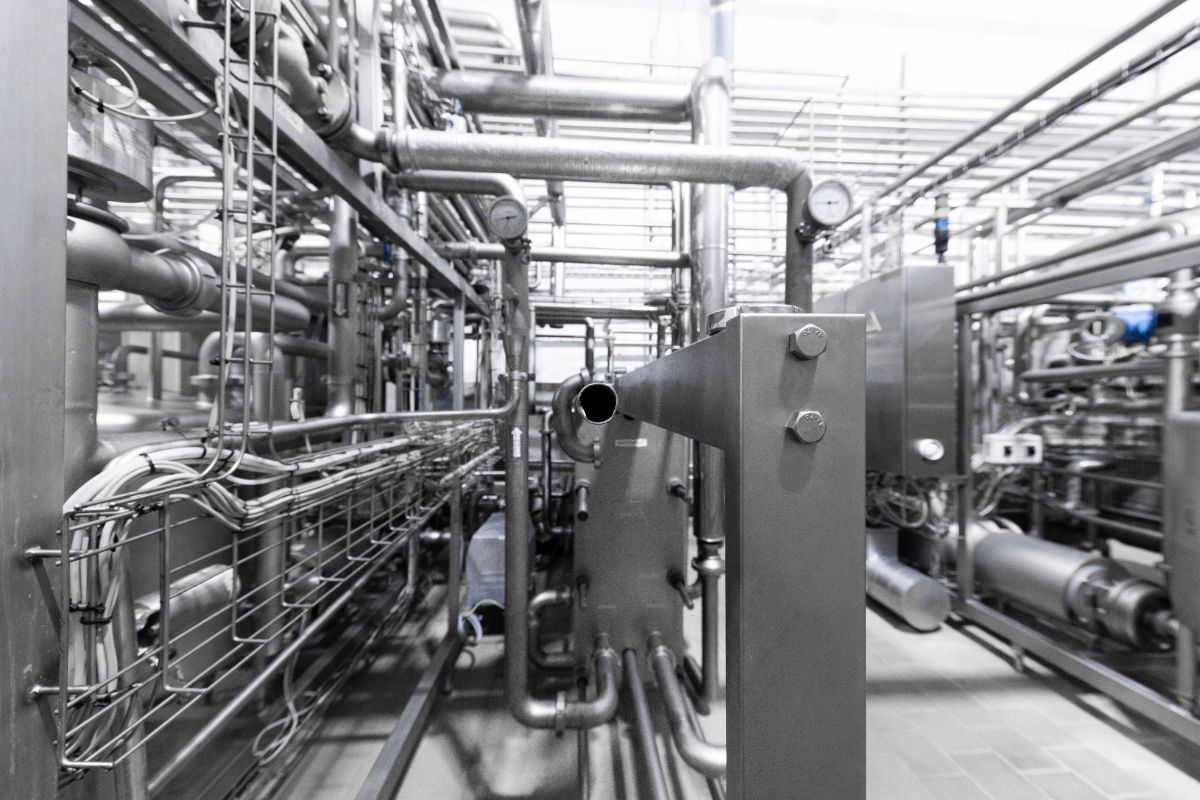
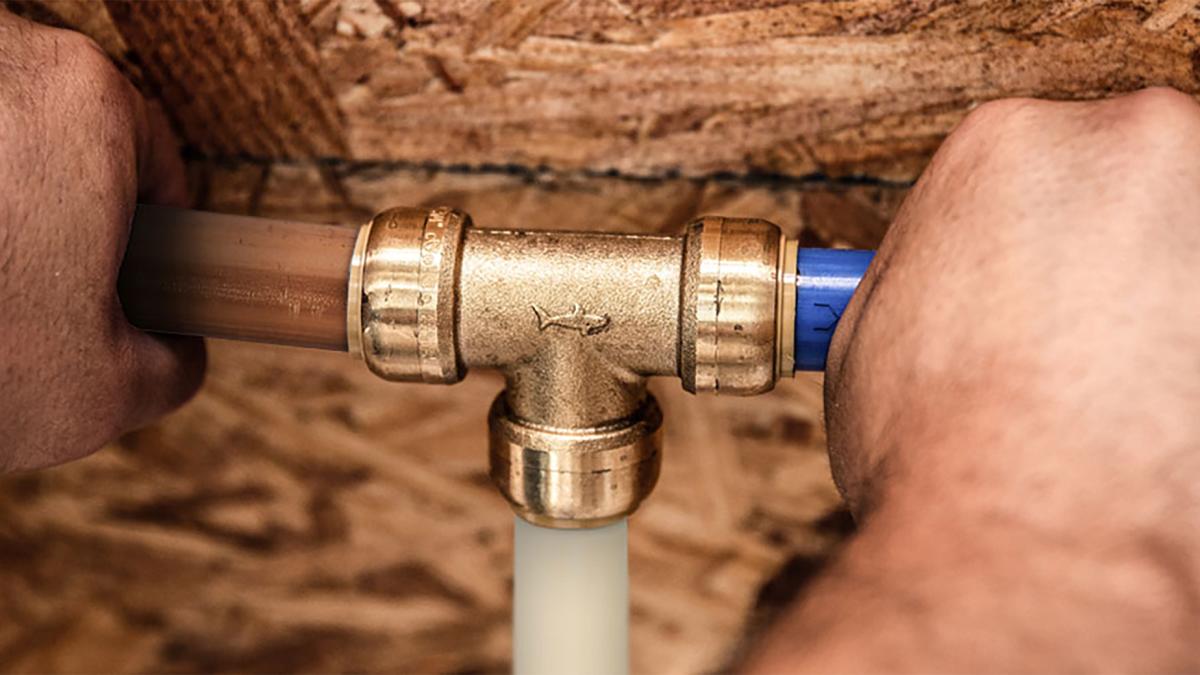
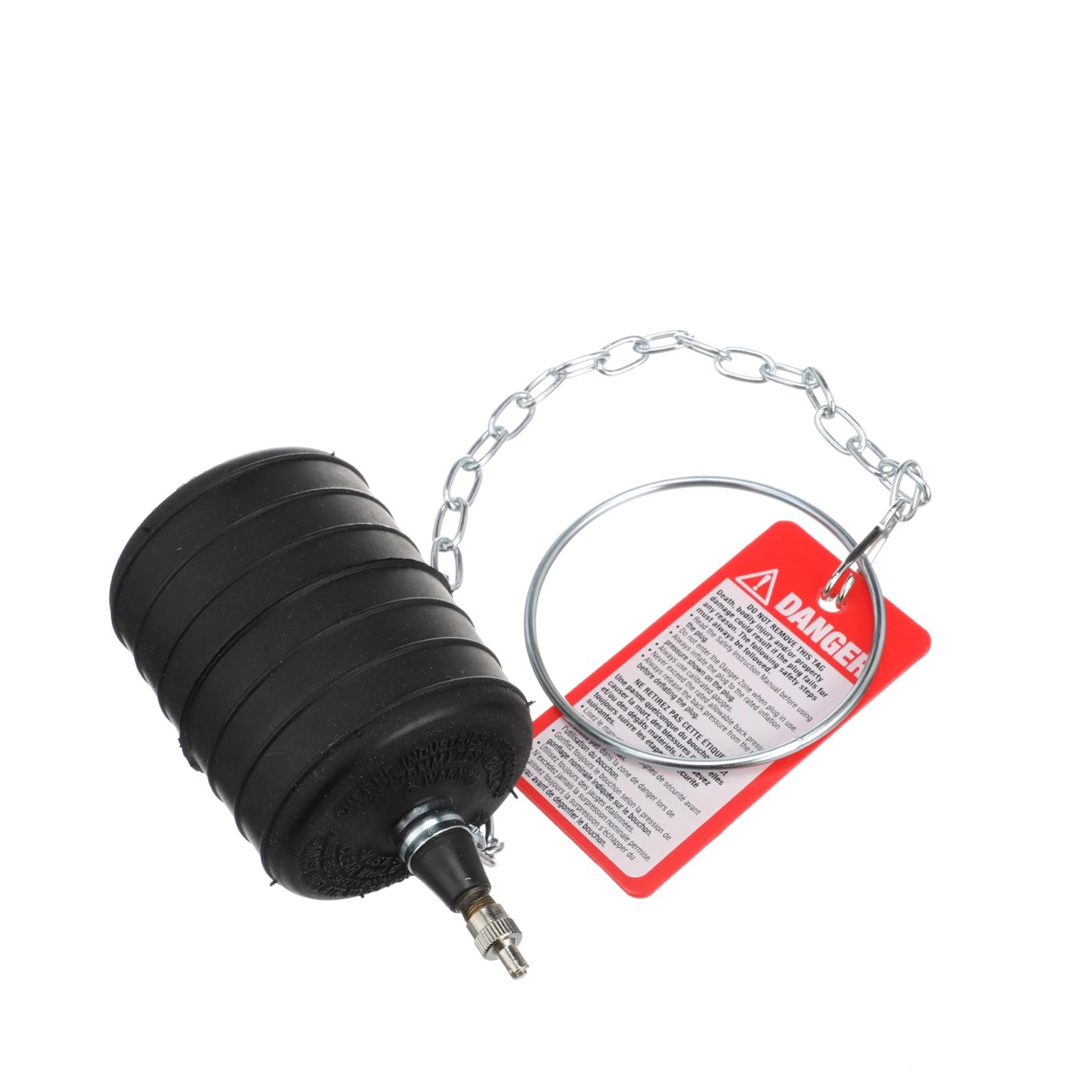
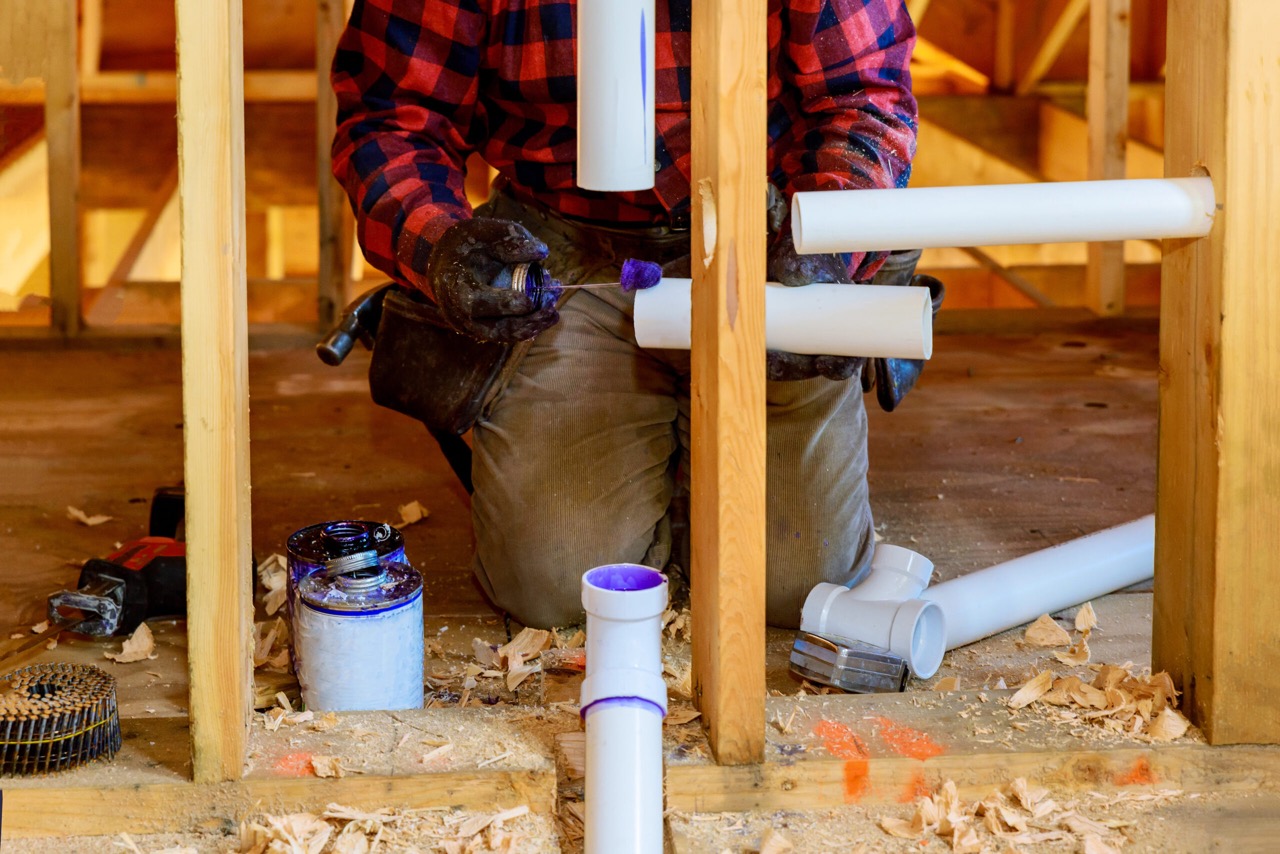
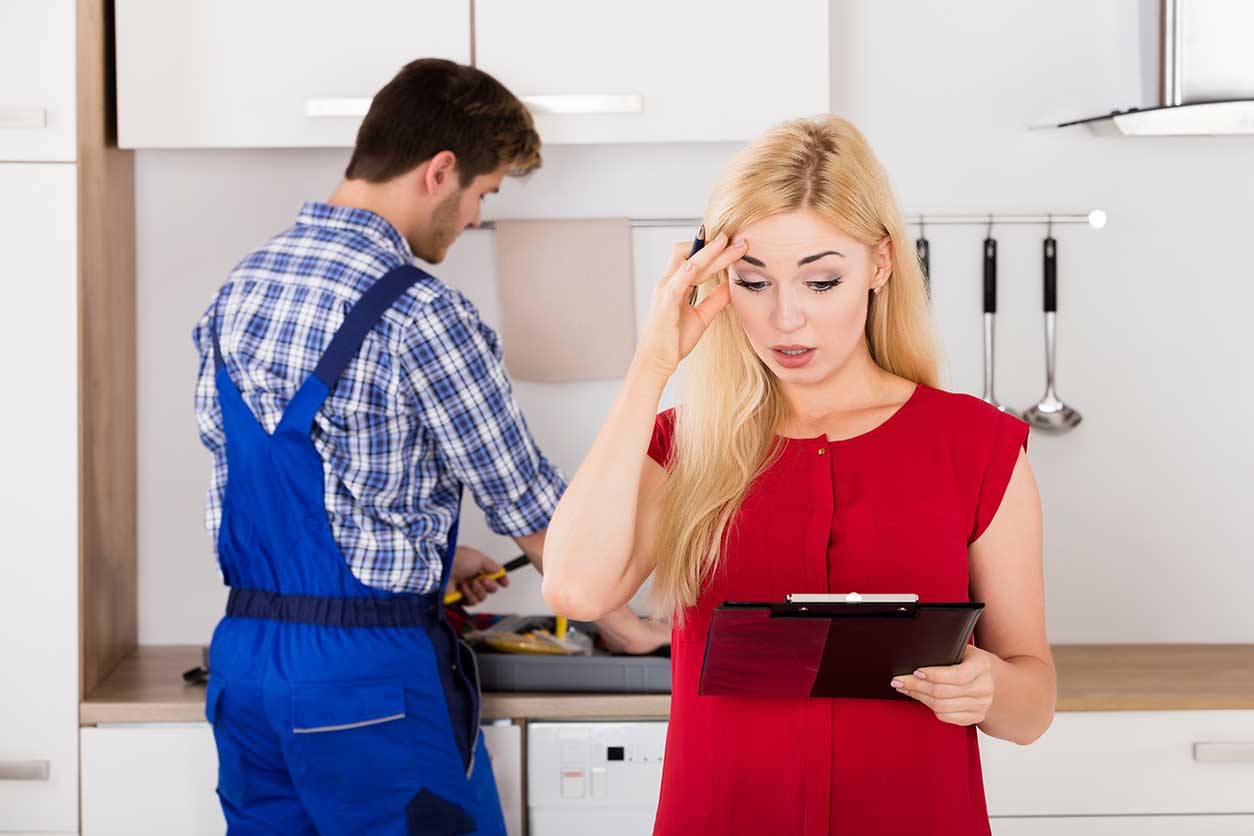
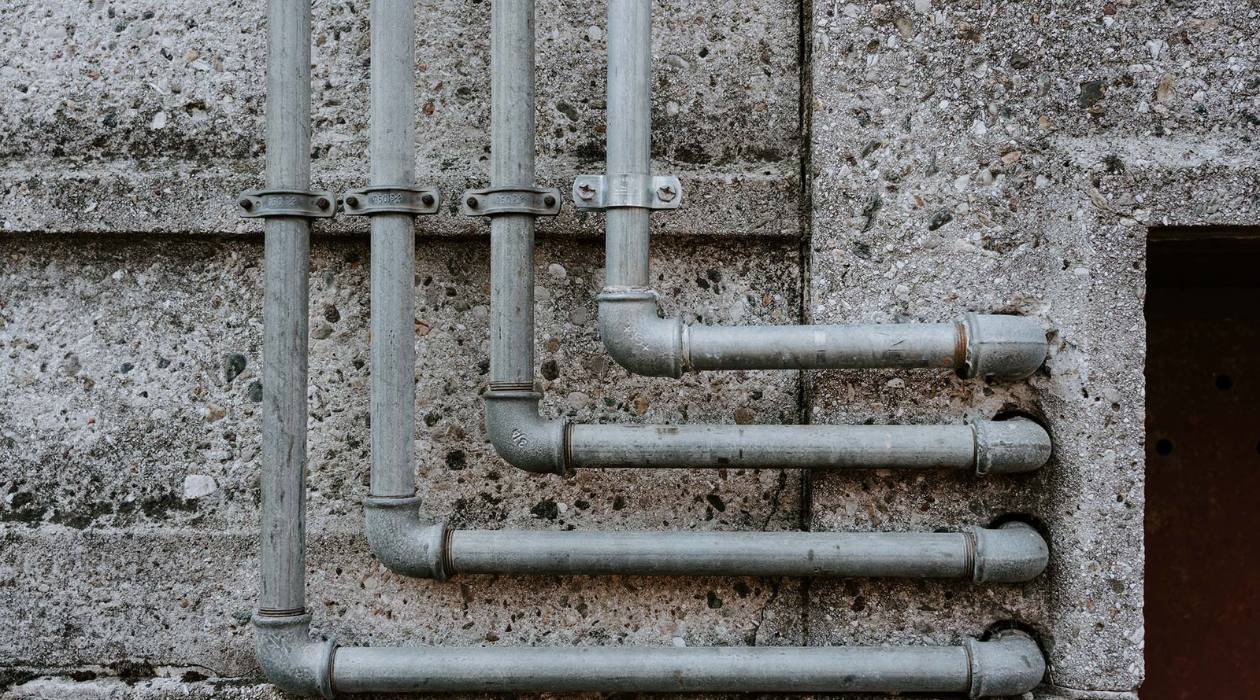
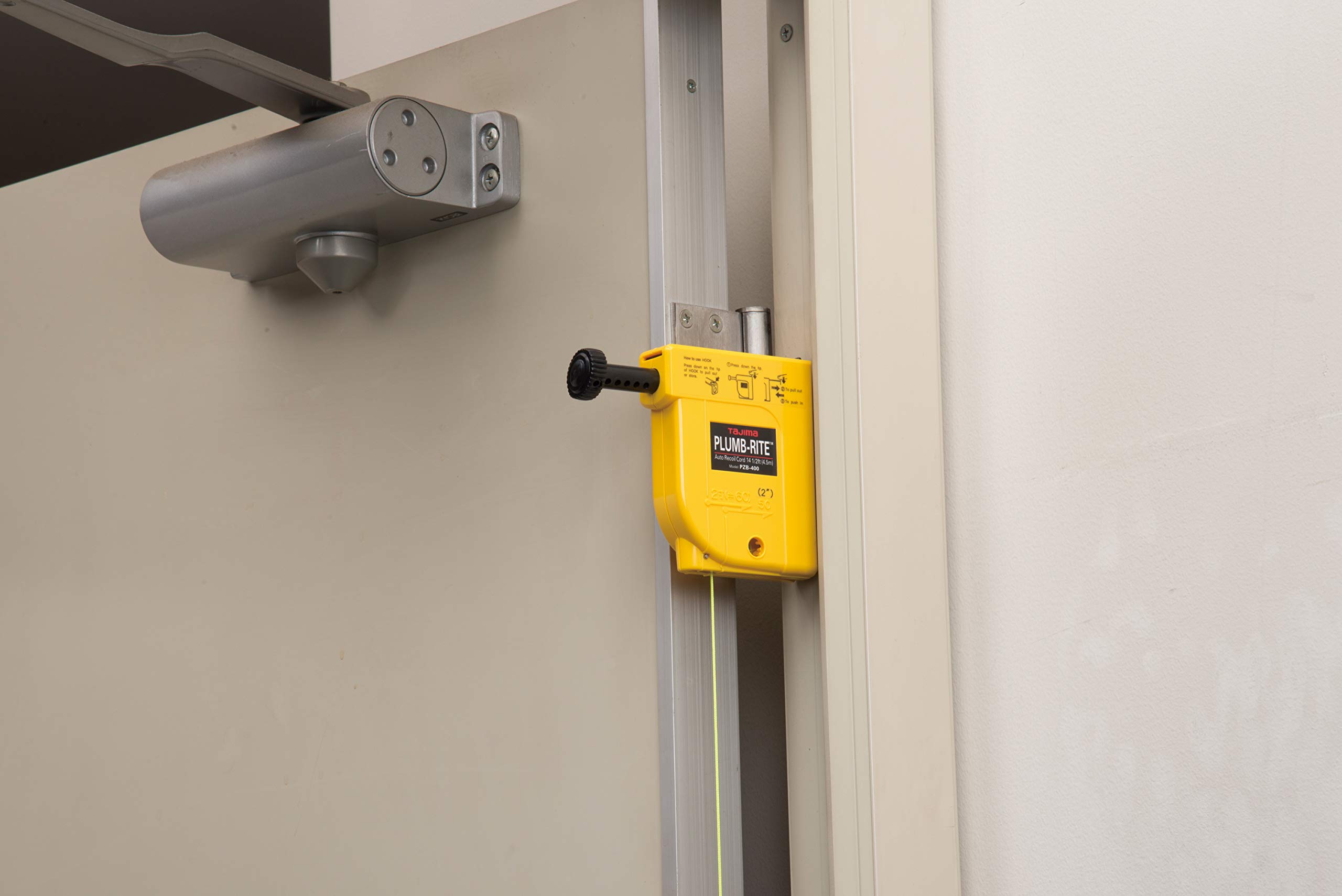

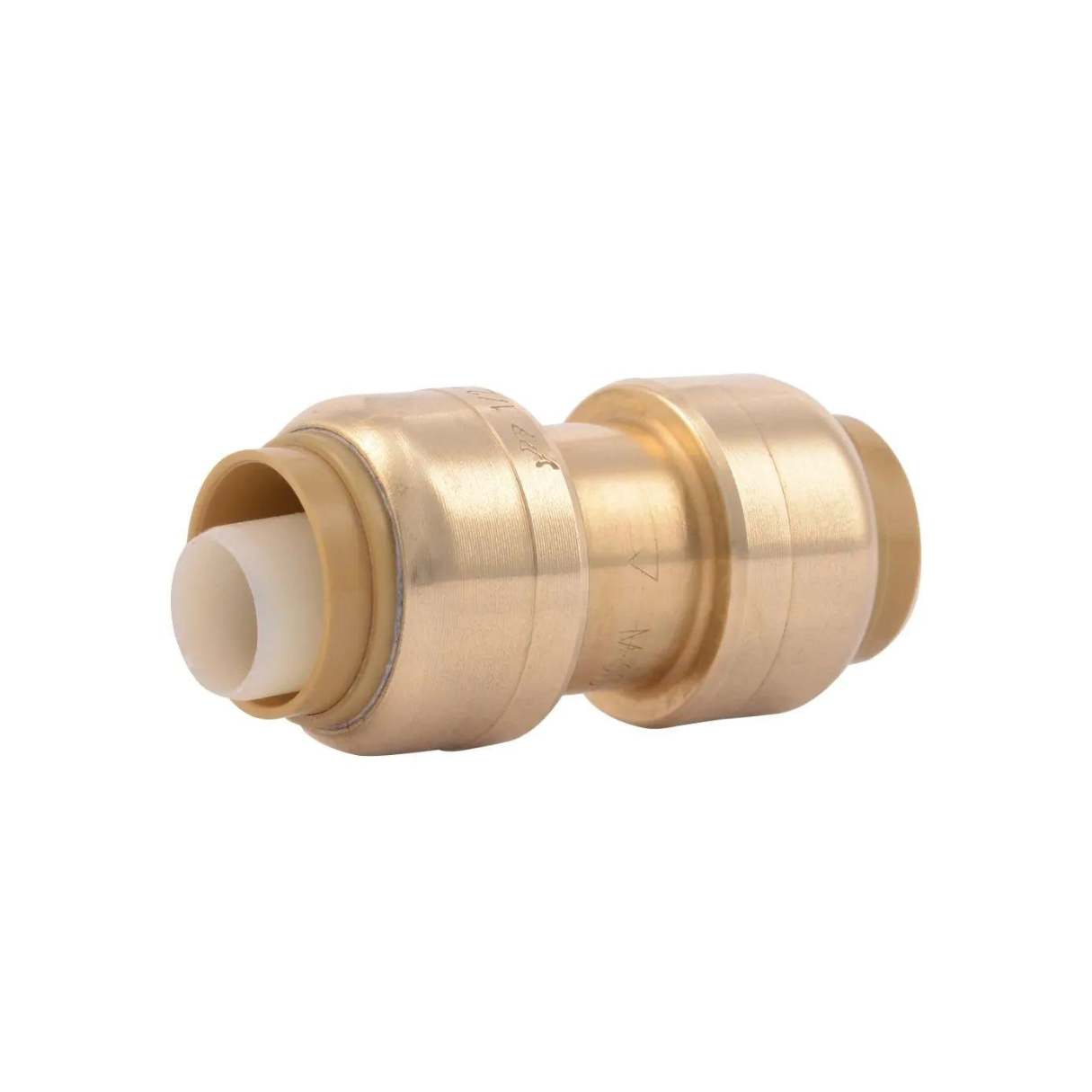
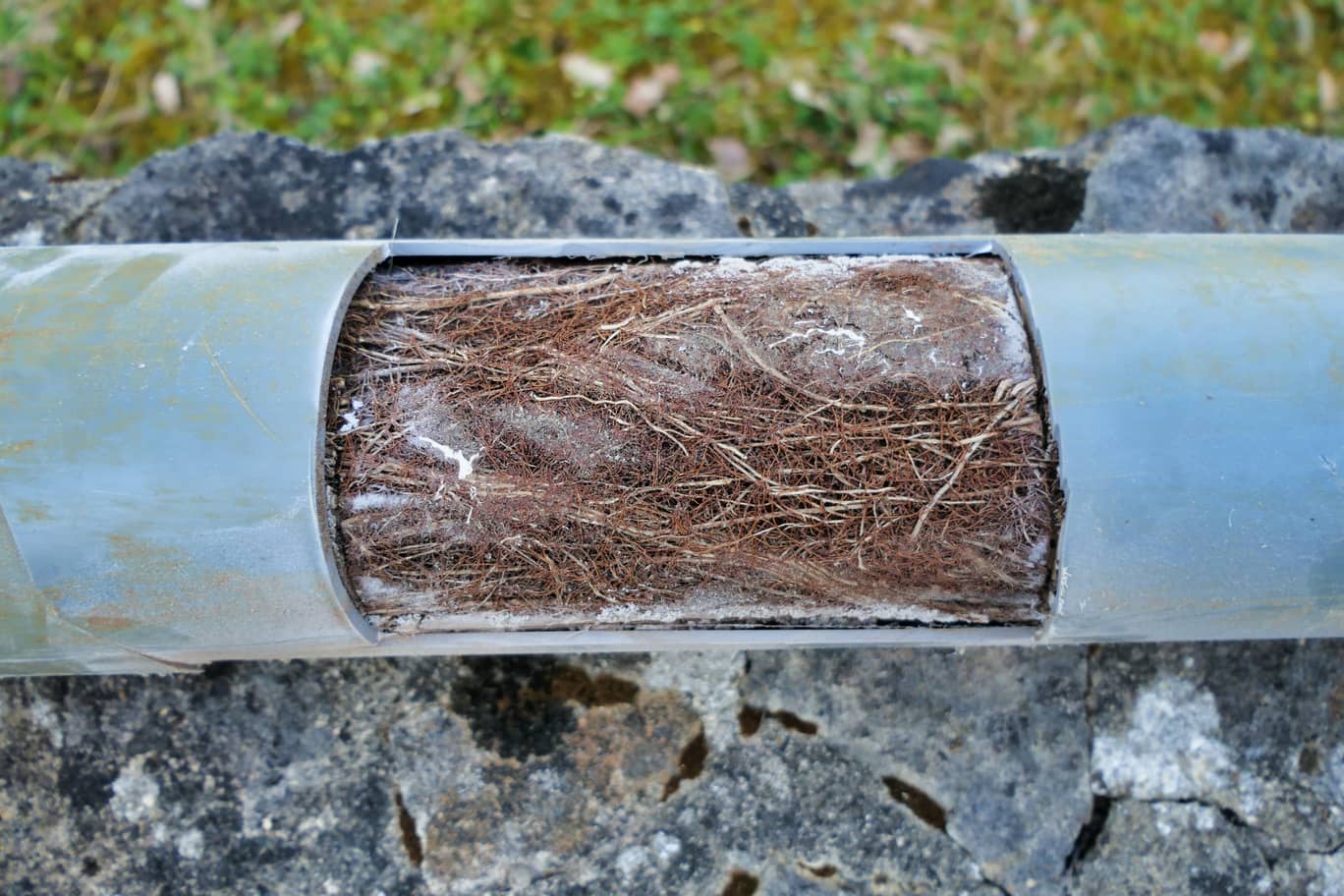
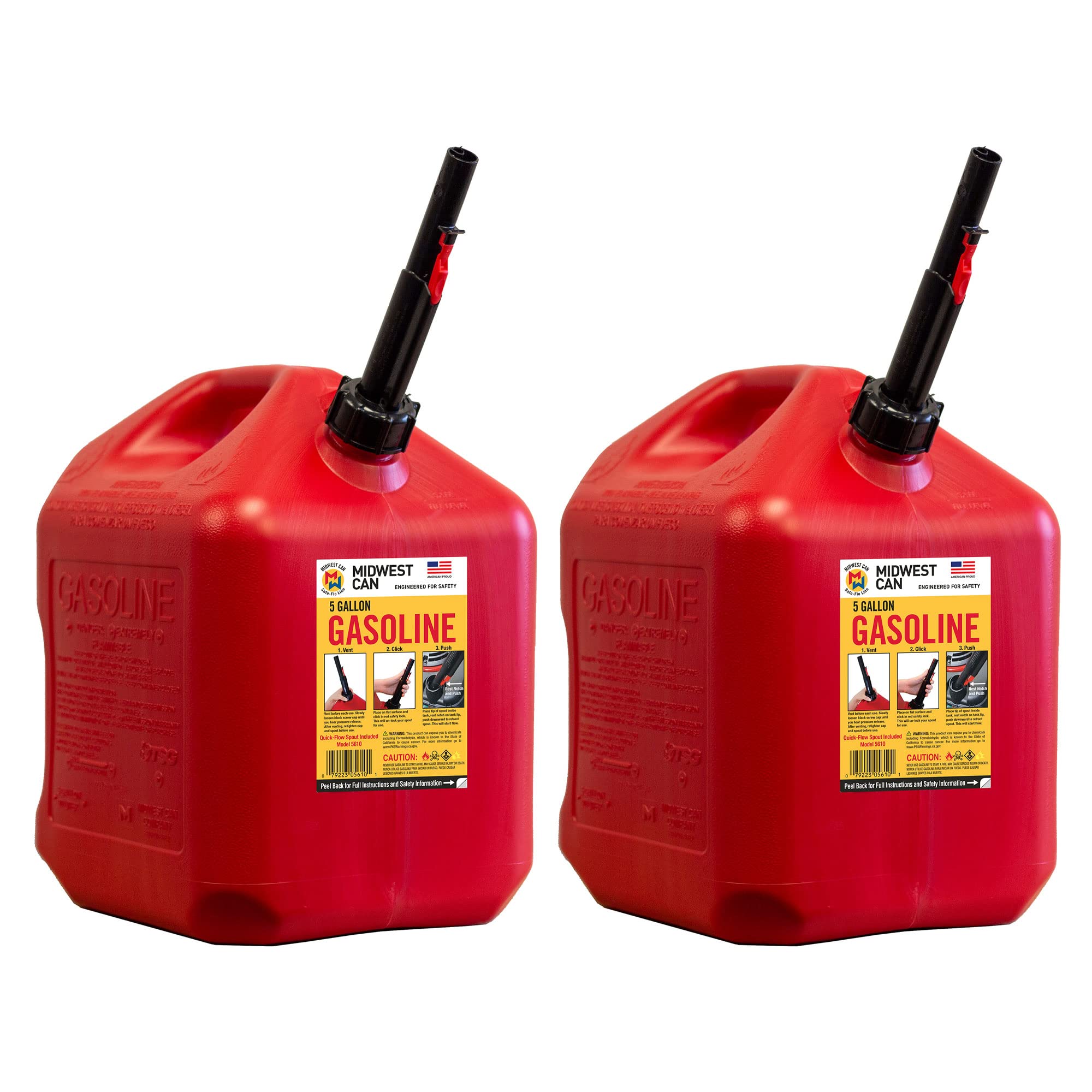
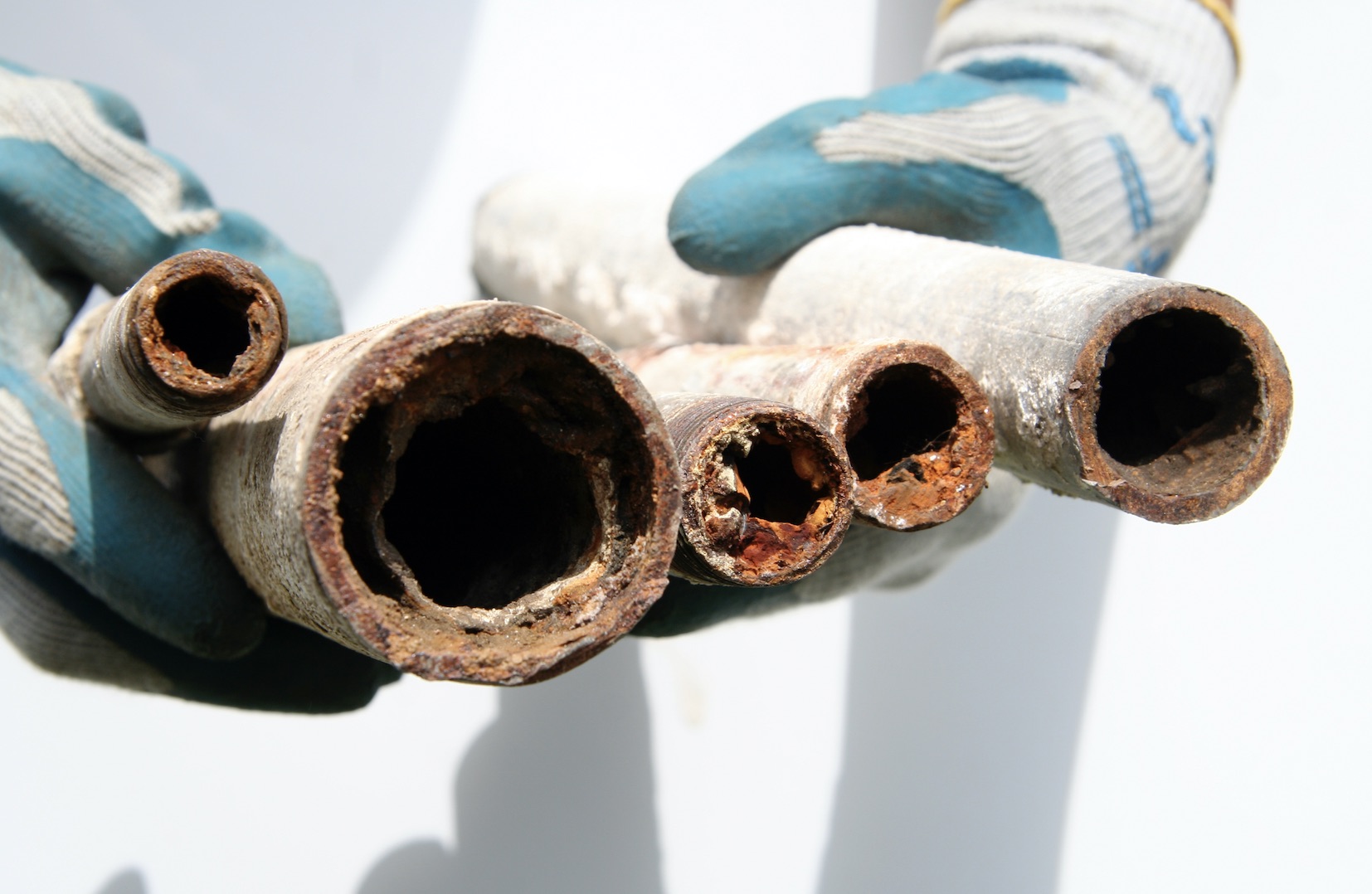
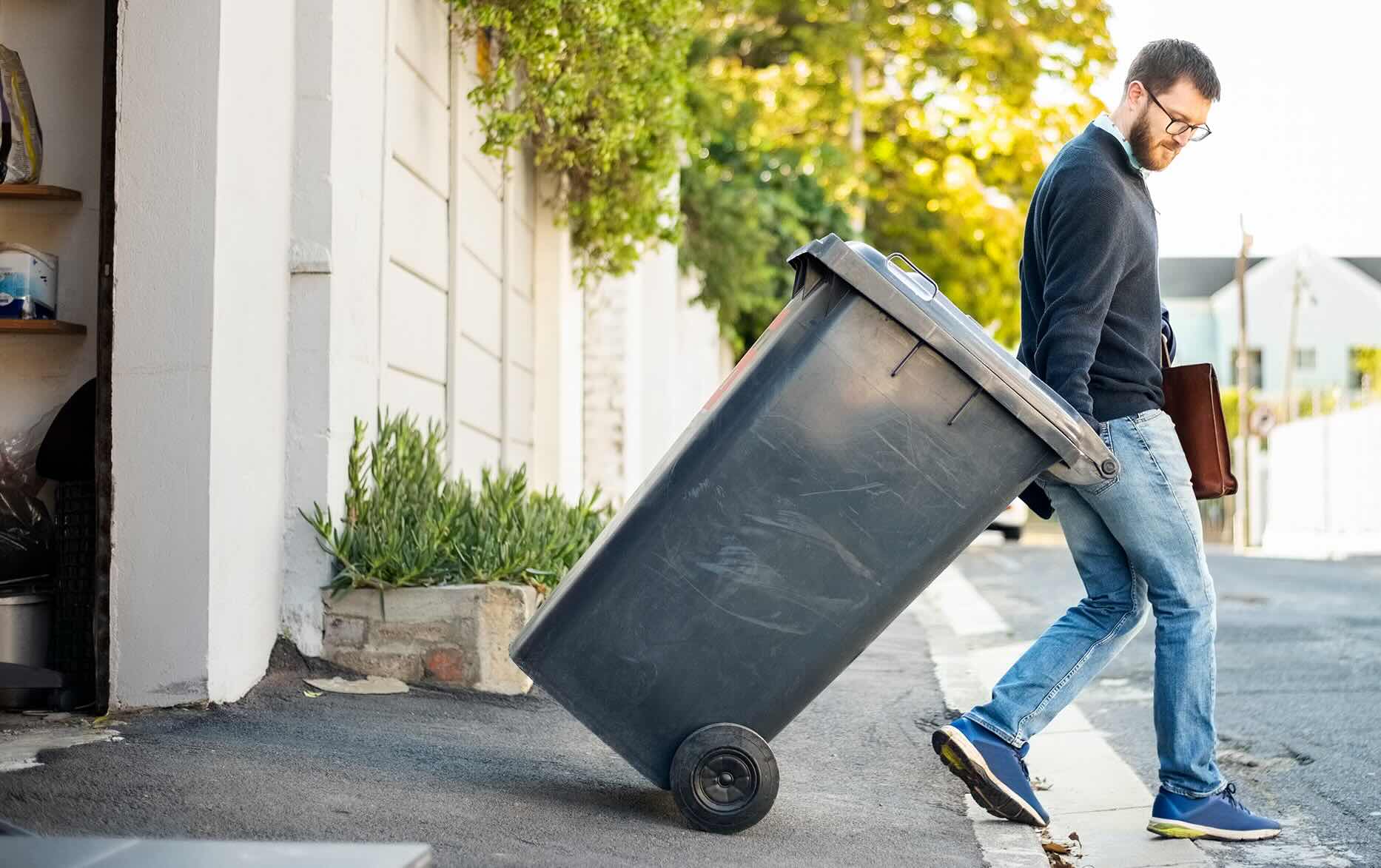
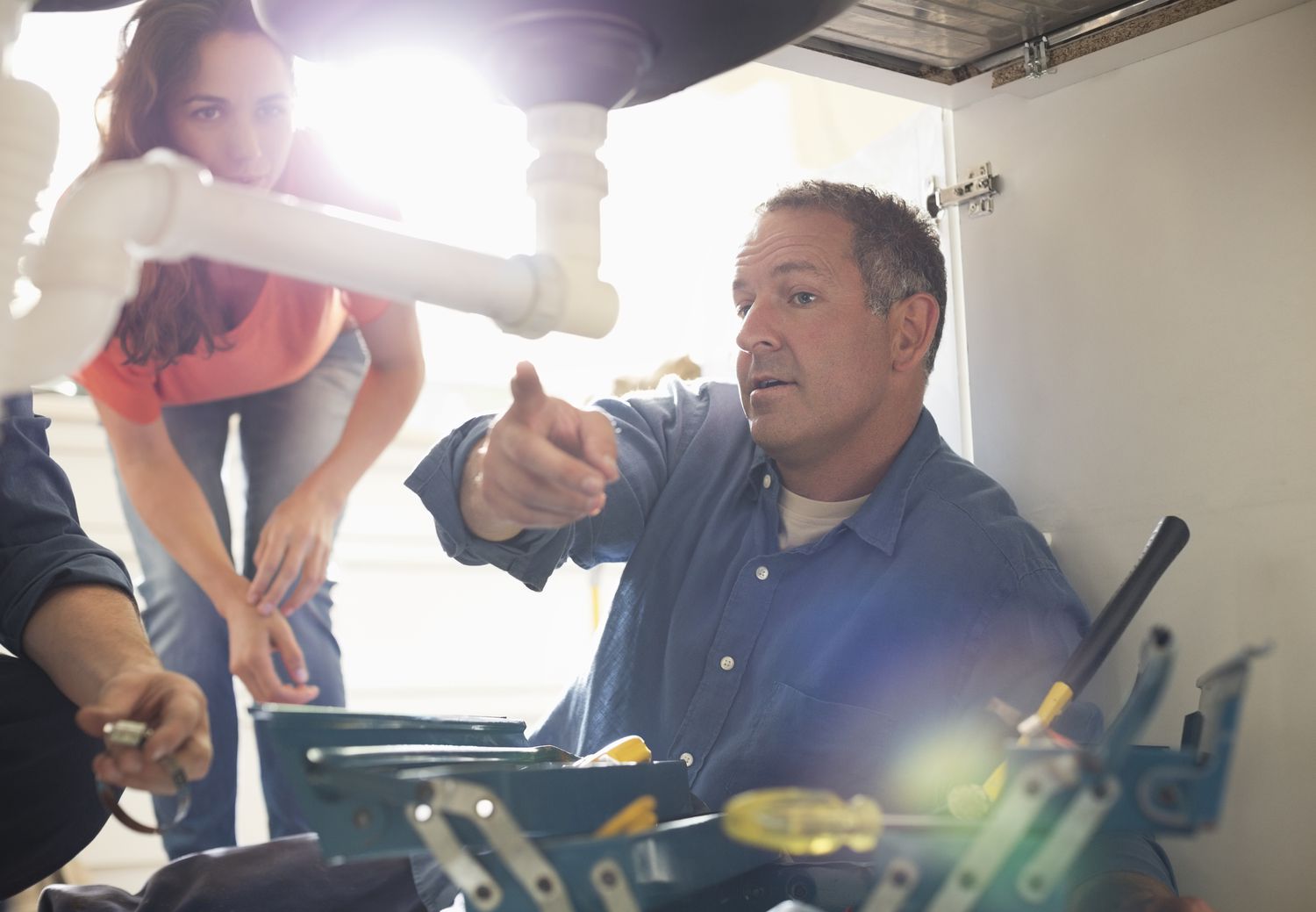

0 thoughts on “When Can Plumbing-Up Equipment Be Removed?”